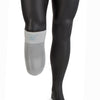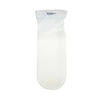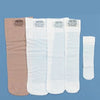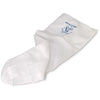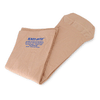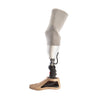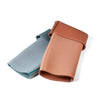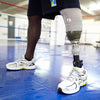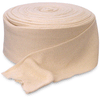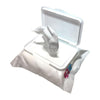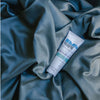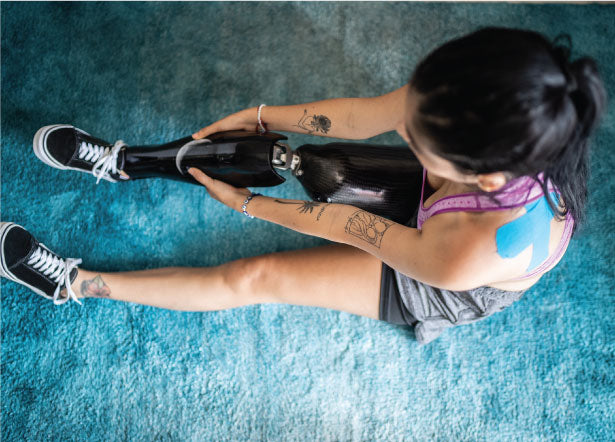What are Prosthetic Liners used for and how do they work?
A prosthetic liner is a prosthetic product that rolls directly onto the residual limb. Prosthetic liners have varying features that provide suspension, pressure distribution, and cushioning. These liners are available for multiple amputation levels including above knee (AK) , below knee (BK) , and upper extremity amputations. Prosthetic manufacturers have started developing designs and features specific for a particular amputation level.
The original prosthetic liner used a very thin silicone membrane that rolled on directly against the skin in place of amputee socks, called a “Silicone Suction Socket,” “3S,” or “Iceross” (Icelandic Roll-On Suction Socket). The side or bottom end of the roll-on prosthetic liner is usually tethered to the socket by a cord or strap (lanyard) or by a protruding pin that slides into a shuttle lock built into the prosthesis.
This method of suspension has proven to be very convenient and easy to use and is therefore commonly used. To remove the prosthesis, the amputee presses a small button to release the lock or unfastens the strap or cord. One advantage of roll-on locking prosthetic liners are knee flexion is less restricted than with an external sleeve. Another is that the liner material protects the skin against shear forces. If the residual limb loses volume due to weight loss or atrophy, the amputee can apply prosthetic socks over the outside of the liner to compensate.
It is also possible to use another type of liner made from a soft silicone or gel-type material that is intended for skin preservation and comfort (sometimes called a “gel cushion liner”). These cushion liners do not have a locking umbrella glued to the bottom intended for locking mechanisms. Instead cushion liners are designed to offer comfort, compliment vacuum systems or allow for a lock from Coyote Designs to be glued to the side.
Another suspension variant combines a prosthetic sleeve with a prosthetic cushion liner and adds a small mechanical pump that increases the vacuum with every step. Vacuum systems reduce normal fluctuations in volume of mature residual limbs. If residual limb volume is constant, then the prosthesis will fit more precisely throughout the day and prevent skin issues.
Helpful Buying Tip: Before purchasing a prosthetic liner it's important to confirm that any new liner you're considering will work with your current socket design. Not all liners are compatible with each other. For example Ottobock liners may not be compatible with Ossur or Silipos liners. If you currently wear an Alps liner and wish to upgrade to a Ossur design, you may experience skin issues due to the different characteristics of silicone and gel.














































